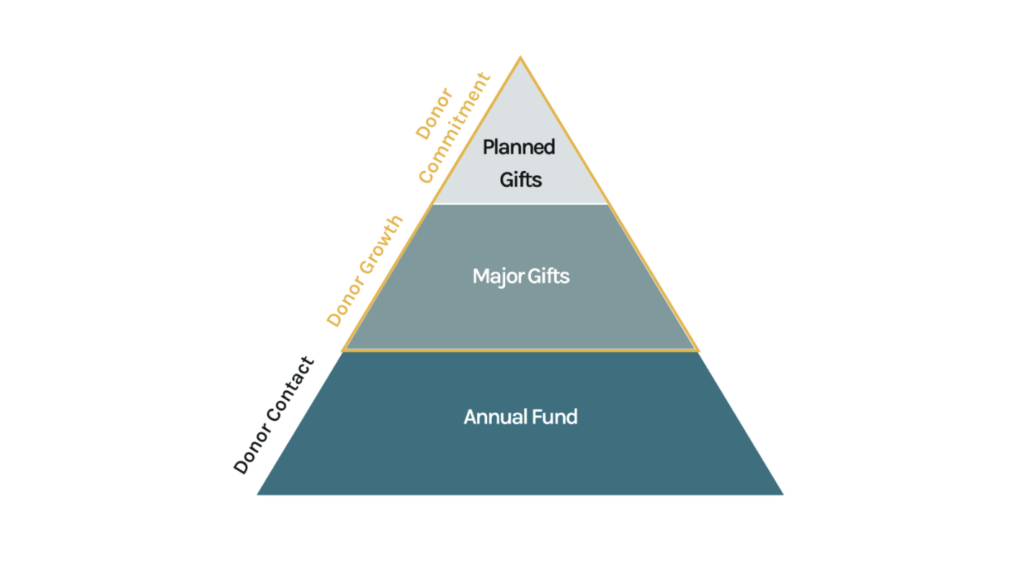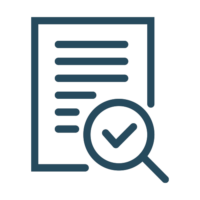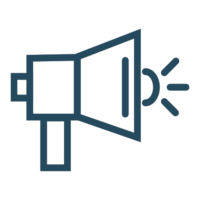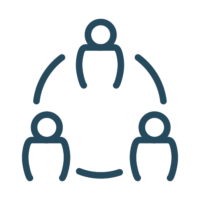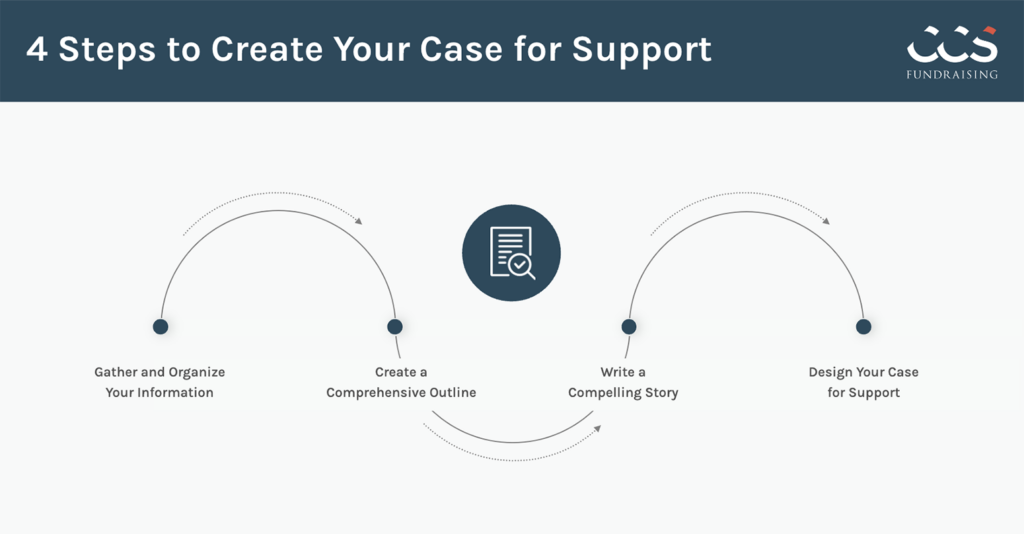Our independent school client partners increasingly—and now with greater urgency—ask us, “Can we raise money for endowment?”
Those who ask this question know without sufficient endowment savings or investment income operating dollars, they could be financially vulnerable or even face closure due to affordability challenges and budgetary constraints.
The question “Can we raise money for endowment?” reflects the widespread perception that these funds are harder than capital dollars to raise without the tangibility of campus facilities like classrooms, gymnasiums, or libraries. However, endowments have a greater long-term impact on programs and beneficiaries; independent schools reported a 9.2% return on investment in endowment assets in 2023.
Unsurprisingly, there’s a growing interest in and need to raise these funds. The following are tactics to focus on when sharing the power of endowment dollars at your independent school.
1. demonstrate the impact of your endowment by showing, not telling
Showing prospective donors how endowment gifts directly support your independent school’s students and faculty helps them understand their gift’s critical impact and proves that it doesn’t disappear into an obscure savings account but makes a real difference for your school. For example, to make the case for a financial aid endowment, consider highlighting students who would not otherwise be able to afford your tuition.
Similarly, you can make a strong case for a professional development endowment by sharing specific faculty work and travel examples. Consider hosting an open house for donors at the beginning of the school year where they can interact with faculty and learn about the experiences their gift enabled. The donor will feel a lasting sense of personal impact and a clear understanding that their gift creates a legacy of these life-changing moments.
2. recognize and steward donors
Named funding opportunities are an important strategy for countering the misconception that endowment gifts lack direct impact. Your school can recognize donors by name through opportunities, such as:
- Faculty chairs
- Student scholarships
- Professional development funds
- Programs
When a donor meets a student scholarship recipient or the faculty teaching chair, this powerful stewardship opportunity reflects an endowment gift’s profoundly personal and lasting effect while humanizing endowment giving—they create powerful stories of personal and professional enrichment for the donor while celebrating them as an inspiration to the rest of the school community.
These stewardship opportunities can also be significant for emerging philanthropists. Families building their wealth might establish a fund for a partial scholarship, hoping to grow it to a full scholarship over time. For families with multiple connections to a school, a family fund provides opportunities to cement a common bond and allows multiple members to participate meaningfully, regardless of capacity.
establish a bequest society
Establishing a bequest society is easy and provides a straightforward recognition and stewardship opportunity. A school can recognize donors in every issue of the school magazine, on a campus plaque, and through website profiles. Regularly featuring bequest society members in the school magazine and featuring them prominently on the website will tell compelling stories of those committed to making a profound and lasting impact on generations of students and faculty.
Considerations for small endowments
A word of caution—stewarding and recognizing minimal endowment funds is difficult. Small funds can be an administrative headache for the business office, and their returns are so small that recognition opportunities are limited. For example, a $10,000 endowed fund generates just $500 annually at a standard 5% draw. To avoid this, many schools have set minimums for establishing named endowed funds to ensure that the administrative costs are worthwhile—perhaps $50,000 for a faculty development fund, $500,000 for a partial scholarship, etc. A higher investment threshold also ensures that stewardship opportunities are more meaningful.
3. demystify the endowment
Independent schools may struggle to attract endowment giving if they assume their donors and school communities understand what endowments are or how they’re used. Few donors understand the ins and outs of school financial management—even trustees on a school’s finance committee might be surprisingly misinformed about an endowment’s role in the school’s revenue strategy. For example, donors may equate endowments with reserve funds, although endowed assets often have legally binding usage restrictions.
help donors understand endowments through strategic communications
Your independent school can demystify the endowment by sharing regular updates and examples of fund uses. For instance, a recurring feature in the school magazine could highlight a faculty chairholder and share the donor story behind the gift. You could also set and share a goal for long-term endowment growth to articulate the impact of the incremental gains that, over time, lead to a larger endowment. This becomes particularly important when your school is ready to show the human-scale impact of the endowment today and the potential impact of a properly sized endowment.
explain endowments in the context of school finance
Beyond defining endowment mechanics, it’s essential for your donors and school staff to clearly understand how it functions within the operating budget. Independent schools have limited revenue sources, typically defined by tuition, voluntary support (annual giving), and the draw on endowment income. Schools with little or no endowment income contributed to their operating budget put tremendous pressure on tuition as the primary revenue source. While many schools publish pie charts showing the revenue breakdown for tuition, annual fund contributions, and investment income, few schools take the extra step to explain the key role of each and, specifically, how a larger endowment and the subsequent endowment draw becomes critical in containing tuition growth.
Regular communication outlining the role of each revenue source creates important context and helps even those closest to your school (board members, insiders, and leadership) understand the need to raise endowment funds. Consider using an interview feature in one of your school’s publications, a website landing page, or a campaign salon event to help donors understand the important endowment metrics and their role in your school’s broader financial strategy.
You can make a strong case for your independent school’s endowment
Raising funds for your endowment is possible. Creating recognition and stewardship opportunities and demonstrating human-scale impact are critical steps to make it a rewarding gift opportunity. With thoughtful communication, your school can make endowment fundraising as tangible as fundraising for capital projects. Context matters—clearly communicating the endowment’s role in your school’s broader financial strategy helps build a culture of giving that benefits your school and your donors.
